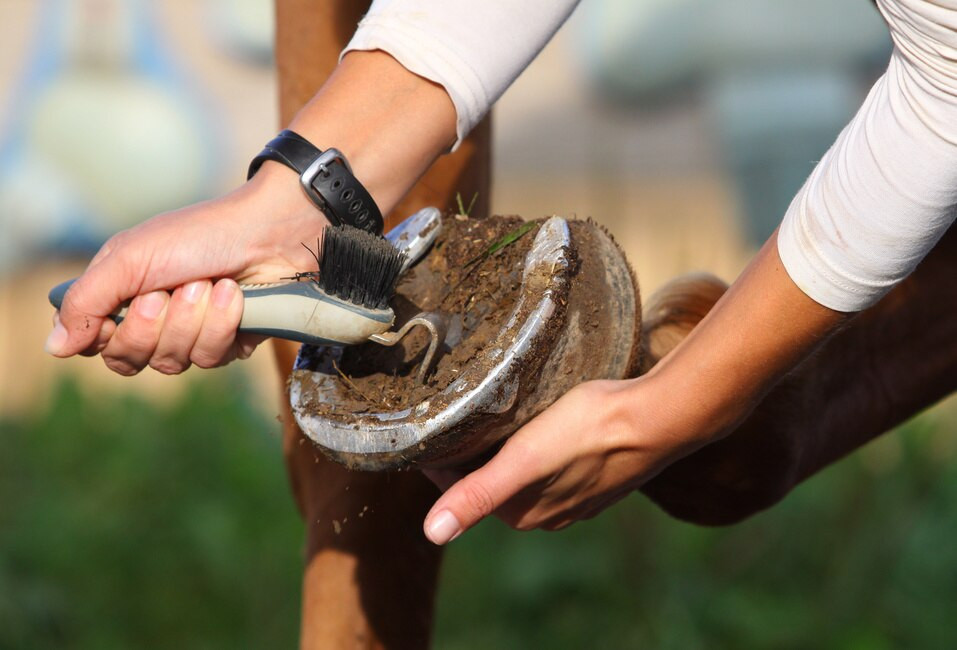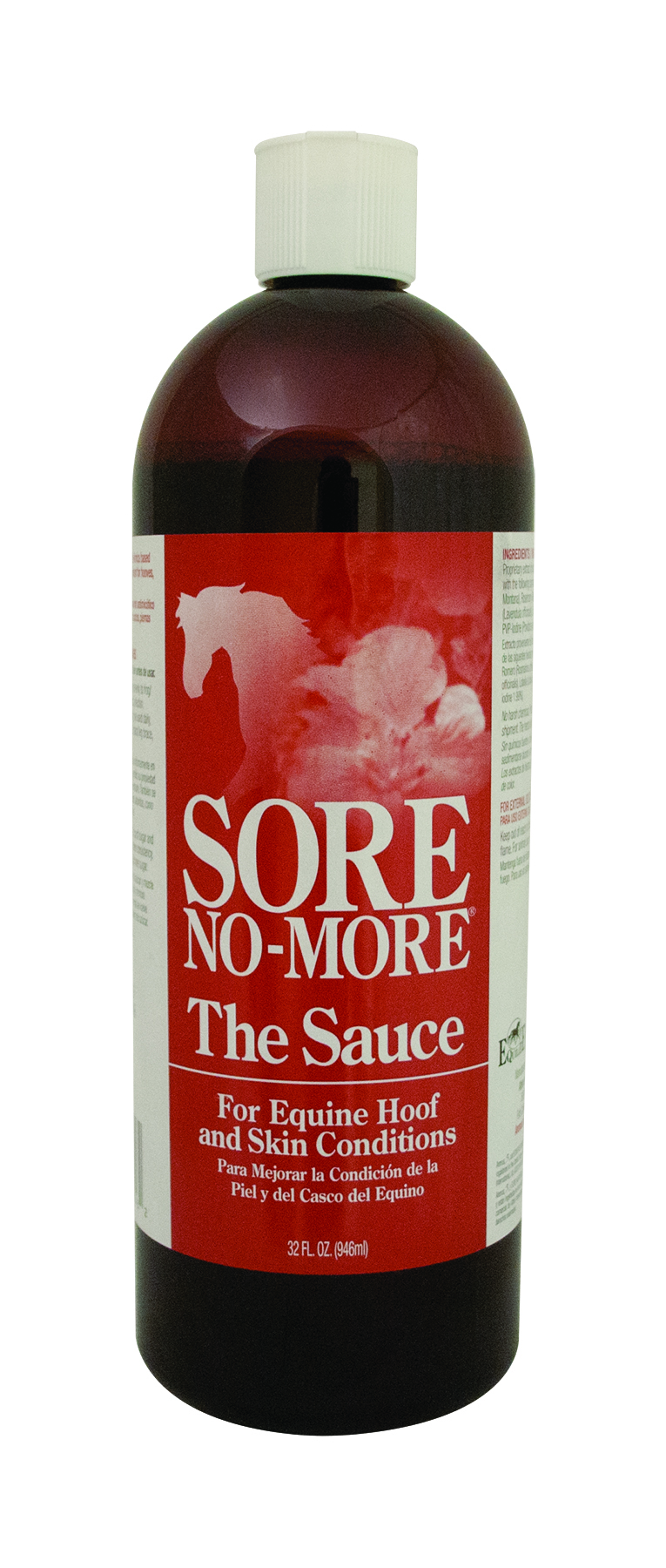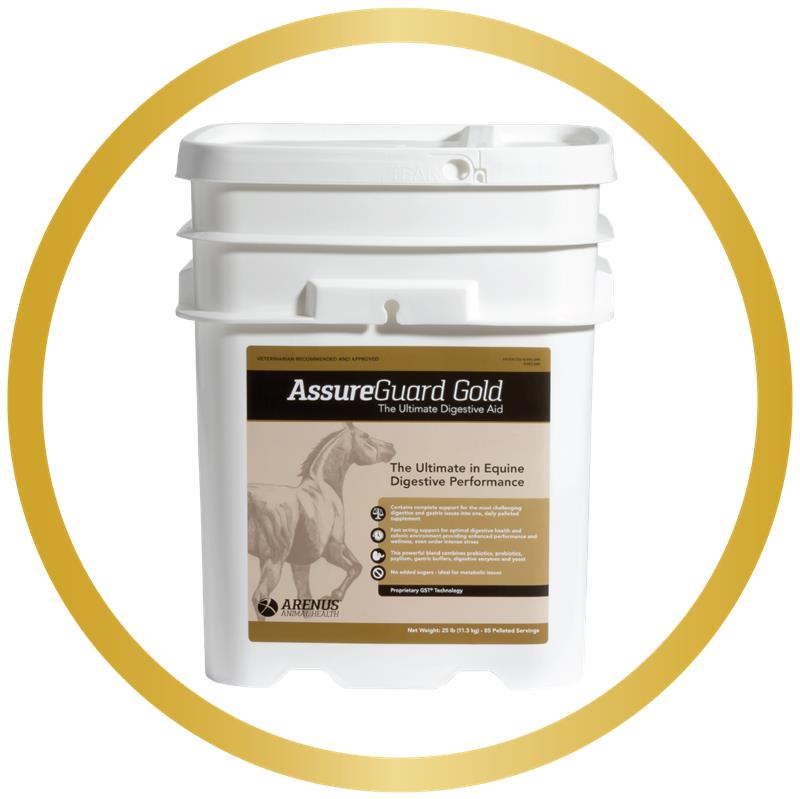
Are your horse's hooves ready for show season?
Show season is upon us! Let's face it, you out a lot of work into preparation and the last thing you want your horse to do is lose a shoe and come up lame. What a waste of time and money. But, being proactive and involved in your horse’s hoof care can help prevent issues just like this.
Tip #1: Pick Out Hooves
This basic step is often overlooked during the grooming process but, perhaps, the most important. Ideally, you should pick out your horse’s hooves before and after you ride and before and after they are turned out.
Tip #2: Check for Signs
When picking out your horse’s hooves, look for signs of the following issues: thrush, punctures, cracks, and abscesses. While these might seem mild at first glance, these issues can lead to lengthy recoveries and time away from the show ring. Catching them early can prevent those becoming serious problems.
Tip #3: Mind the Summer Cycle
Another challenge for your horse’s hooves during the show season is the “summer cycle”. The “summer cycle” is a term for the frequently alternating wet and dry conditions that horses are exposed to during the show season. The summer cycle can lead to issues like thrush, abscesses and cracks.
 Thrush is
a bacterial infection that affects the sole of the hoof.
Thrush is a fairly
common condition, especially if your horse is frequently exposed to mud and wet conditions. The first sign of thrush is a strong, foul smell
accompanied by dark ooze from the cleft of the frog. If left untreated, thrush
can do serious damage to the frog; however, if you catch it
early, it is fairly easy to treat.
Thrush is
a bacterial infection that affects the sole of the hoof.
Thrush is a fairly
common condition, especially if your horse is frequently exposed to mud and wet conditions. The first sign of thrush is a strong, foul smell
accompanied by dark ooze from the cleft of the frog. If left untreated, thrush
can do serious damage to the frog; however, if you catch it
early, it is fairly easy to treat.
Arenus Fix: Sore No-More The Sauce
Abscesses can be caused by a number of conditions including a poorly placed shoeing nail (making it important to have a good farrier), a bruise, or a puncture. If you suspect a puncture is involved, contact your veterinarian right away. If it issomething less serious, like a bruise, a clay based poultice hoof pack is a very effective way to draw out the infection and provide relief for your horse.
Arenus Fix: Sore No-More Classic Poultice, Sore No-More Performance Poultice or Sore No-More Performance Ultra Poultice
Hoof cracks can occur when your horse is exposed to dry conditions as hooves can become shelly and develop cracks. If dry conditions are a concern, it’s a good idea to use a hoof conditioner to maintain moisture in the hoof wall.
Arenus Fix: Sore No-More Sports Salve
Tip #4: Nutrition
Proper nutrition is a key component to healthy hoof growth. If your horse isn’t absorbing nutrients properly, then they won't receive a suitable amount of nutrition to meet the body’s demands. Often the first sign of nutritional imbalance is poor hoof and hair quality. Brittle, dry and cracked hooves and chronic laminitis can be caused by digestive imbalance. If your horse is suffering from digestive imbalance or poor hoof quality, consider consulting an equine nutritionist. You can also look at adding a high quality, digestive supplement that will help address deficiencies in digestion and nutrients.
Arenus Fix: Assure Guard Gold
Tip #5: Hauling
As you travel from show to show, it is also important to protect your horse’s hooves when hauling. Shipping bandages and bell boots, or full-coverage shipping boots are great ways to protect your horse’s feet during transport. If his heels aren’t covered, your horse could easily step on the edge of a shoe and pull it loose which could mean a puncture from an exposed nail. It is also important to protect the coronet band during travel as this is the part of the hoof that generates new growth. If the coronet band is damaged, hoof growth can be interrupted.
It can also be helpful to utilize ceramic and/or magnetic therapy while hauling. By using these therapies, you can work to improve your horse's circulation while keeping tendons and ligaments from becoming stiff and immobile.
Arenus Fix: BeneFab by Sore No-More Standing Wraps, BeneFab by Sore No-More Polo Wraps, BeneFab by Sore No-More Smart QuikWraps

